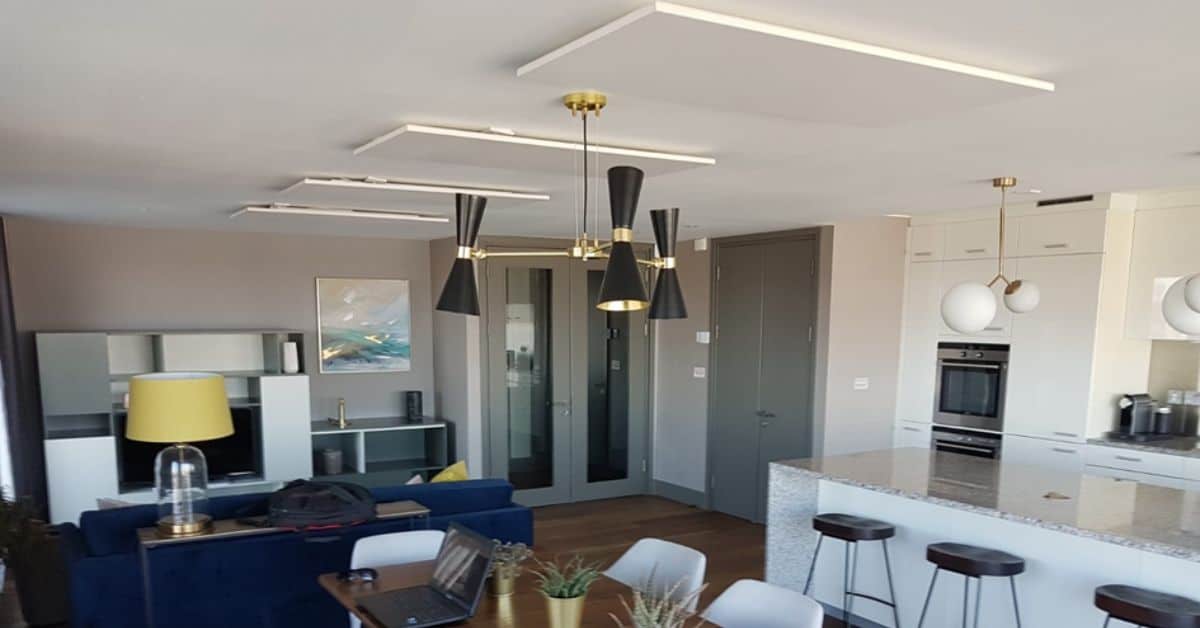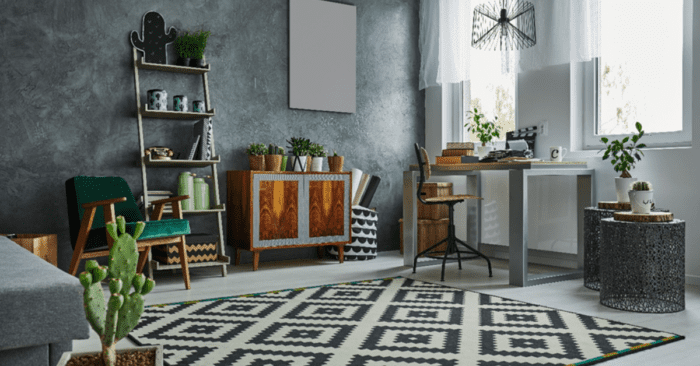It's very difficult to start upgrading the heating system because we're afraid it will cost a fortune, and we'll have to renovate the whole flat. Is this the truth or just a misconception? Let's see what happens when you switch to infrared heating!
Let's see the basics!
You can install the infrapanels on the side walls or even on the Ceiling is. From both an aesthetic and a heat distribution point of view, it is worth taking care to distribute them evenly when using multiple panels. The infra-panels we sell can be fixed with a few screws - included in the package, of course - or they can be installed in suspended ceilings.
No special skills are required to install the infra-panels. Some types can simply be plugged into a power socket, but the most aesthetic solution is to plug them directly into the circuit. This can be done by any electronics technician, there is nothing as specific as with heat pumps, for example. The wiring can be either recessed or ducted.
TIP: To ensure the best possible thermal comfort, the infrapanel should be positioned so that the most frequently used parts of the room / apartment are perpendicular to the heater. By this we mean that you should mount them directly above the sofa or bed, or perhaps the dining table, on the ceiling.
Be sure to take these aspects into account when installing!
Range
Of course, the heat is strongest when you are in close proximity to the infrared panel. It is therefore best to avoid placing large furniture directly in front of the panels. The more space you give the infrared panels to spread out, the more evenly you will feel the heat.
Regulability
Our infrared panels require a simple 230 V mains voltage. They can be regulated individually, and the best solution is to connect the panels to a thermostat. This is the best way to ensure an even temperature in the home. If you choose WIFIs, you can set the temperature you want to come home to at the end of the day from your mobile phone or from work. Often, you want different temperatures in different rooms, such as bathrooms and bedrooms, and of course you can do this with an infrared panel. In fact, if you need supplementary heating, it's great for that too.
Distance
When using several panels together, it is important to ensure that the distance between the panels is no greater than the distance between the panel and the ground. This way you can be sure that the angle of radiation will be correct and that the area will be fully covered. For rooms that are used less frequently - or where you are only in for a short time, e.g. in the hallway - you can place the panels further apart, as this may have a lower heat demand.
Installation and other costs
The good news is that the cost of installing an infrapanel is significantly lower than it would be for a conventional heating system. There is no need for any planning permission, which is already a huge saving, and the panels are also very affordable. As there is no huge amount of work required for installation, it won't cost the installer as much for fewer man-hours and the home won't need to be restored afterwards. The bonus is that because there are no moving parts, it doesn't require ongoing maintenance, resulting in additional savings year after year.
If you have any further doubts or questions, feel free to contact us contact us at! Our experts will be happy to answer all your questions and, if you wish, we can also help you with the installation! Our current offer is available on in our webshop the products you order will be delivered to you free of charge by courier.







